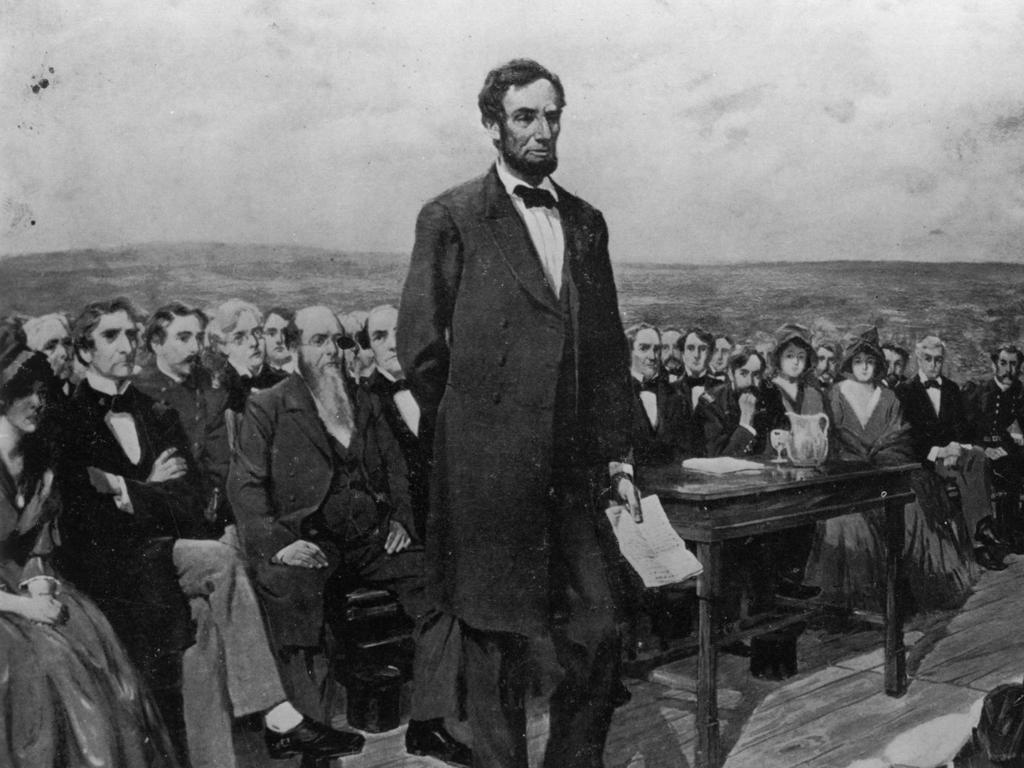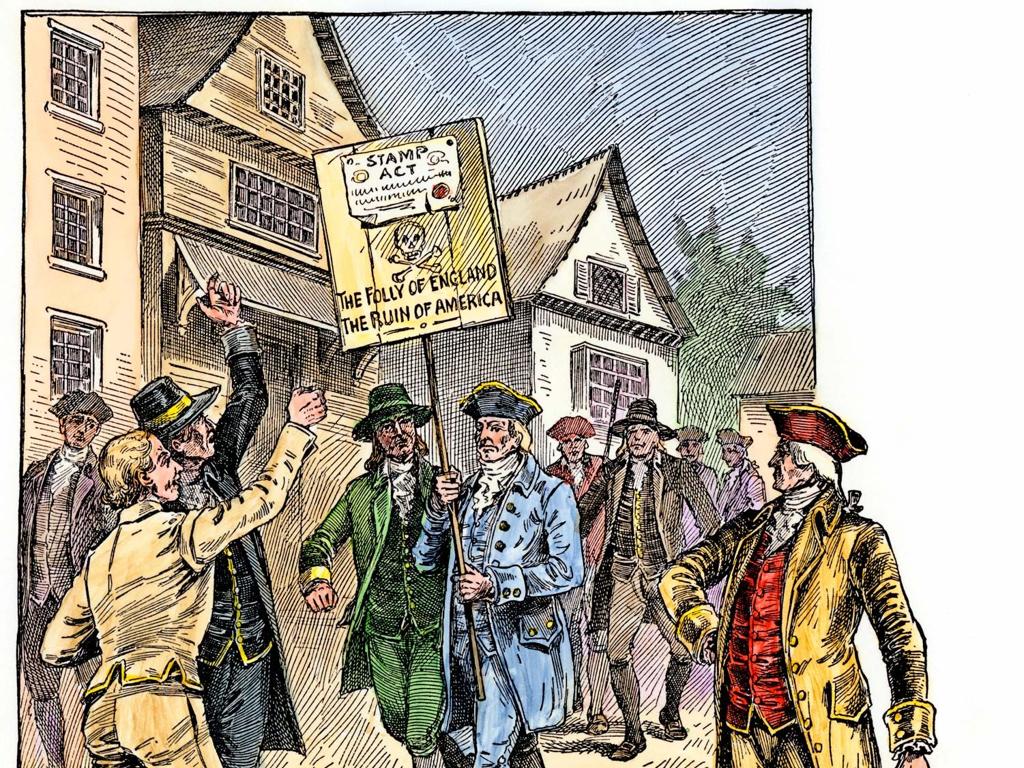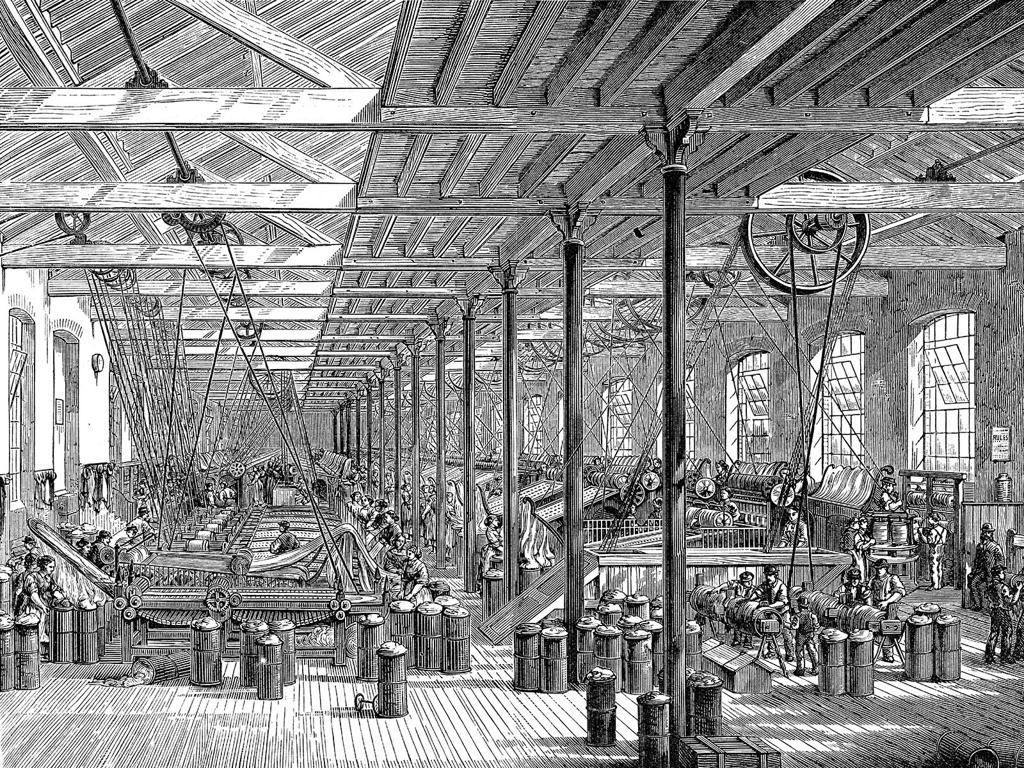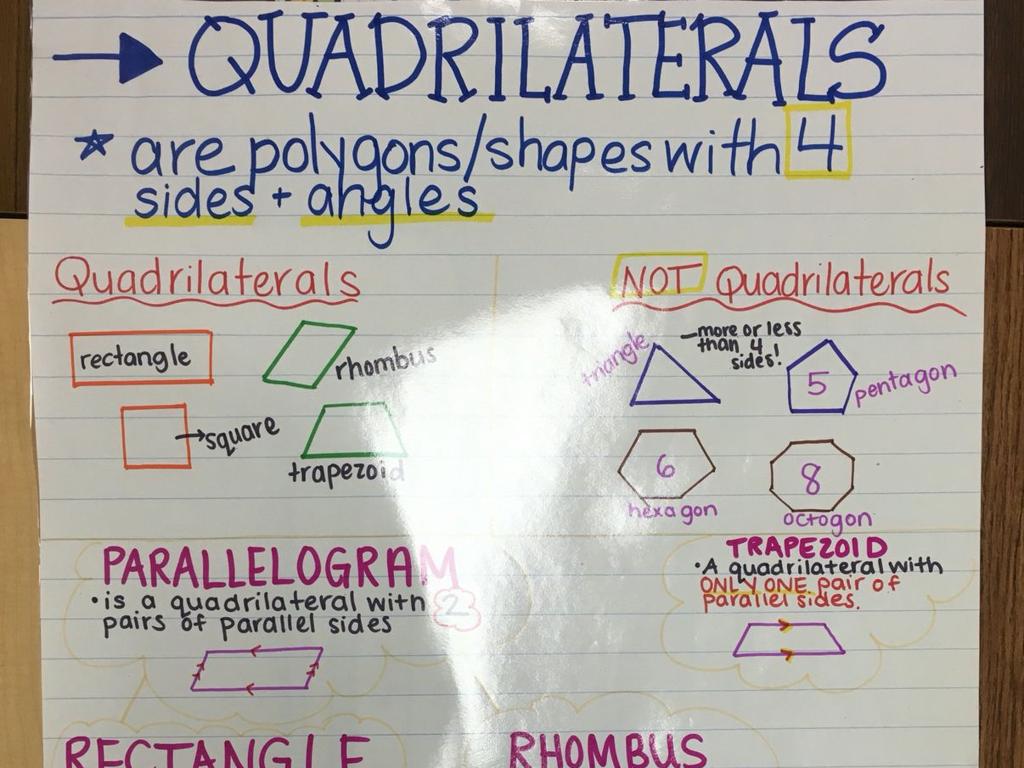Describe Energy Changes In Chemical Reactions
Subject: Science
Grade: Eighth grade
Topic: Chemical Reactions
Please LOG IN to download the presentation. Access is available to registered users only.
View More Content
Energy Changes in Chemical Reactions
– Understanding chemical reactions
– A process where substances change into new substances.
– Defining energy in reactions
– Energy is either absorbed or released during reactions.
– Previewing energy changes
– Reactions can be exothermic or endothermic based on energy changes.
– Significance of energy in chemistry
|
This slide introduces the concept of energy changes during chemical reactions, a fundamental aspect of chemistry. Begin by explaining that a chemical reaction involves the transformation of substances into new ones, often with observable changes like color, temperature, or the formation of a gas. Clarify that energy plays a crucial role in these reactions, being either absorbed from the surroundings (endothermic) or released into the surroundings (exothermic). Provide examples of both types of reactions to illustrate the concept. Emphasize the importance of energy changes in understanding how reactions occur and why they are essential for various biological and technological processes.
Understanding Chemical Energy
– Define chemical energy
– Energy stored in chemical bonds between atoms.
– Examples of chemical energy
– Batteries, biomass, petroleum, and natural gas.
– Chemical energy in daily life
– Fuel for cars, cooking, and heating homes.
– Significance of chemical energy
|
Chemical energy is a form of potential energy held within chemical bonds, which is released or absorbed during a chemical reaction. Common examples include the energy stored in batteries or the energy released when wood burns. In everyday life, we rely on chemical energy for transportation, cooking, and heating our homes. Understanding chemical energy is crucial for students as it forms the basis for learning about energy changes in chemical reactions. Discuss the conservation of energy and how no energy is lost, only converted from one form to another. Encourage students to think of more examples where chemical energy is used in their daily lives.
Types of Chemical Reactions: Energy Changes
– Exothermic reactions release energy
– e.g., combustion of wood in a fireplace
– Endothermic reactions absorb energy
– e.g., photosynthesis in plants
– Visualizing energy in reactions
– Use graphs to show energy levels
– Real-world examples
– Hand warmers (exothermic), ice packs (endothermic)
|
This slide introduces students to the concept of energy changes in chemical reactions, focusing on the distinction between exothermic and endothermic reactions. Exothermic reactions are those that release energy, often in the form of heat, making the surroundings warmer. Common examples include combustion reactions like a fire. Endothermic reactions, on the other hand, absorb energy from the surroundings, resulting in a cooling effect. Photosynthesis is a classic example of an endothermic reaction. Visual aids like energy level diagrams can help students understand how energy is released or absorbed during these reactions. Real-world applications, such as the use of chemical hand warmers and ice packs, provide tangible examples of these concepts in action. Encourage students to think of other examples and to consider the energy changes that occur during everyday chemical reactions.
Energy Diagrams in Chemical Reactions
– Understanding energy diagrams
– Graphs showing energy changes during reactions
– Interpreting peaks and valleys
– Peaks represent high energy states, valleys are low energy states
– Activation energy significance
– Energy needed to start a reaction
– Relation to reaction rates
– High activation energy means slower reaction rate
|
Energy diagrams are visual representations of the energy changes that occur during chemical reactions. They help us understand how energy is absorbed or released. Peaks on the diagram indicate transition states where energy is at its highest, while valleys represent stable states of reactants and products with lower energy. Activation energy is the threshold that must be overcome for a reaction to proceed; it’s the peak height relative to the energy of reactants. The rate of reaction is inversely related to the activation energy: the higher the activation energy, the slower the reaction rate. Discuss with students how catalysts can lower the activation energy and thus increase reaction rates. Use examples of simple reactions and their energy diagrams to illustrate these concepts.
Energy and Chemical Reactions
– Conservation of energy law
– Energy in a closed system is constant; it can’t be made or destroyed.
– Energy transformation in reactions
– Reactants absorb energy to break bonds, and energy is released when new bonds form.
– Energy balancing in equations
– Equations must reflect the energy absorbed or released, ensuring balance.
– Energy’s role in reaction rates
– The amount of energy affects how fast a reaction will occur.
|
This slide introduces the fundamental concept of the Law of Conservation of Energy within the context of chemical reactions. Emphasize that in a closed system, the total energy before and after a reaction is the same, as energy can neither be created nor destroyed. Discuss how during chemical reactions, energy is not lost but transformed; for instance, potential energy stored in chemical bonds may be converted to thermal energy. Highlight the importance of balancing chemical equations to account for these energy changes. Finally, explain that the amount of energy present can influence the rate at which a chemical reaction occurs, with more energy generally increasing the reaction rate. Use examples like combustion reactions where heat and light are produced to illustrate these concepts.
Measuring Energy Changes in Reactions
– Understanding calorimetry
– Calorimetry measures the heat released or absorbed during a chemical reaction.
– Conducting a calorimetry experiment
– We’ll perform an experiment to observe heat exchange.
– Interpreting experiment data
– Analyze data to determine energy changes.
– Significance of data in reactions
– Understanding energy changes helps predict reaction behavior.
|
This slide introduces students to the concept of calorimetry, a method used to measure the heat involved in chemical reactions. Explain that calorimetry can tell us whether a reaction releases heat (exothermic) or absorbs heat (endothermic). Guide students through the steps of setting up a simple calorimetry experiment using everyday materials like a coffee cup, thermometer, and chemical reactants. Emphasize the importance of careful data collection and interpretation, as this information helps scientists understand the energy profile of reactions. Discuss how this understanding can be applied to predict the behavior of reactions in various conditions. Encourage students to think critically about the implications of energy changes in chemical reactions in the world around them.
Factors Affecting Energy Changes in Reactions
– Temperature’s role in reactions
Higher temperatures generally increase reaction rates, affecting energy changes.
– Concentration impacts energy
Greater concentration can lead to more frequent collisions and energy alterations.
– Catalysts and enzymes
Catalysts speed up reactions without being consumed; enzymes are biological catalysts.
– Surface area and pressure effects
Increased surface area can lead to faster reactions; pressure can influence reaction rates in gases.
|
This slide aims to explain the various factors that can influence the energy changes during chemical reactions, which is a key concept in understanding chemistry. Temperature can affect the kinetic energy of particles, thus influencing the rate and energy change of a reaction. Concentration affects how often particles collide, which can alter the energy dynamics of a reaction. Catalysts and enzymes are important in reducing the activation energy needed for a reaction to proceed, thereby affecting the energy change without being consumed in the process. Lastly, surface area and pressure are physical factors that can influence the rate at which reactions occur, especially in heterogeneous mixtures and gaseous reactions, respectively. Encourage students to think of real-world examples where these factors play a role, such as in cooking or the functioning of car engines.
Class Activity: Energy in Chemical Reactions
– Conduct vinegar and baking soda experiment
– Observe the reaction and note energy changes
– Look for temperature change, fizzing, or heat
– Discuss observations in groups
– Share group findings with the class
|
This class activity is designed to give students a hands-on experience with energy changes in chemical reactions. Provide each group with vinegar, baking soda, a container, and a thermometer. Students will mix vinegar and baking soda and observe the reaction, noting any temperature changes, fizzing, or heat produced, which indicates an exothermic reaction. After the experiment, students will discuss their observations in groups, focusing on the energy changes they noticed. Each group will then share their findings with the class, fostering a collaborative learning environment. Possible variations of the activity could include using different amounts of reactants, conducting the experiment at different temperatures, or comparing to other reactions.
Energy Changes: Conclusion & Recap
– Recap: Energy in reactions
– Revisited how energy is absorbed or released
– Energy’s role in reactions
– Energy is needed to break/form bonds
– Why energy matters
– Understanding energy helps predict reaction behavior
– Next: Reaction Rates
|
This slide wraps up our discussion on energy changes in chemical reactions. We revisited how energy is either absorbed or released during a reaction, which is crucial for understanding how chemical bonds are broken and formed. Emphasize the importance of energy considerations in predicting whether a reaction will occur spontaneously and what might influence its progression. This sets the stage for our next lesson on reaction rates, where we’ll explore how different factors affect the speed of chemical reactions. Encourage students to review their notes and prepare questions for the next class.






